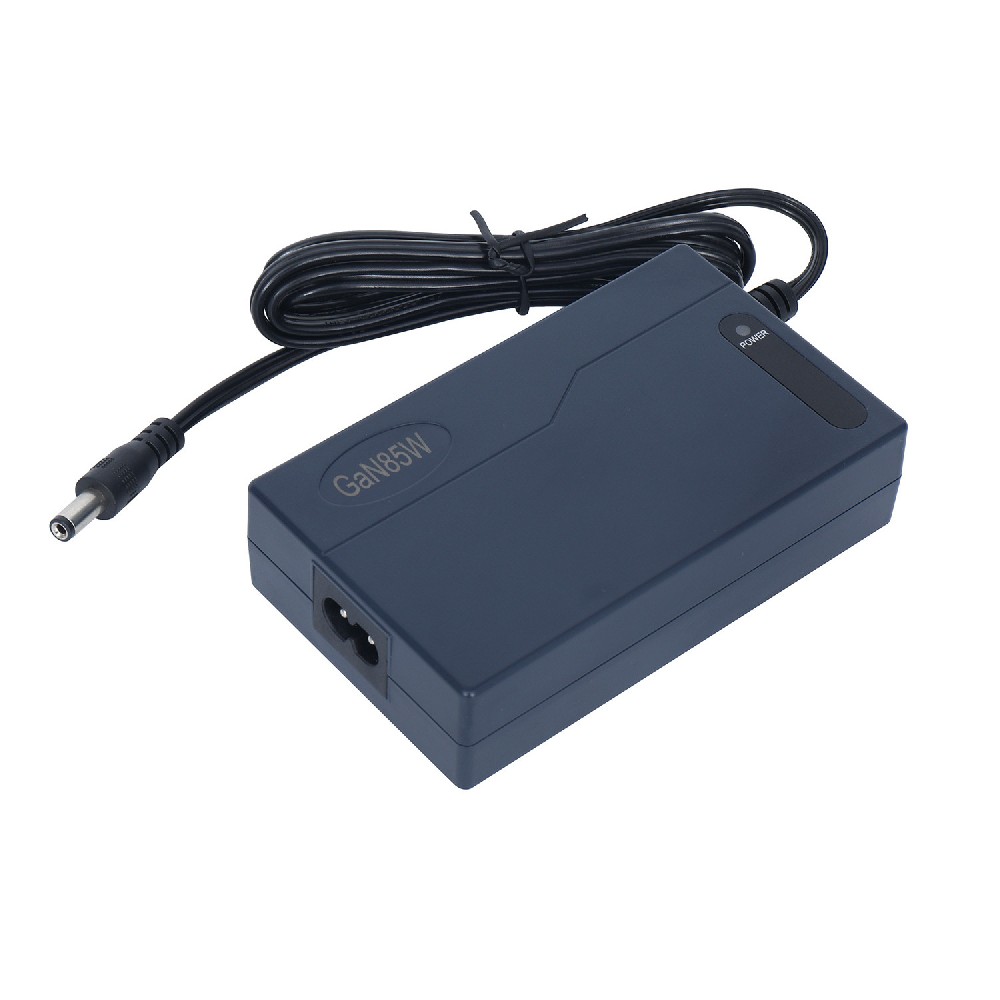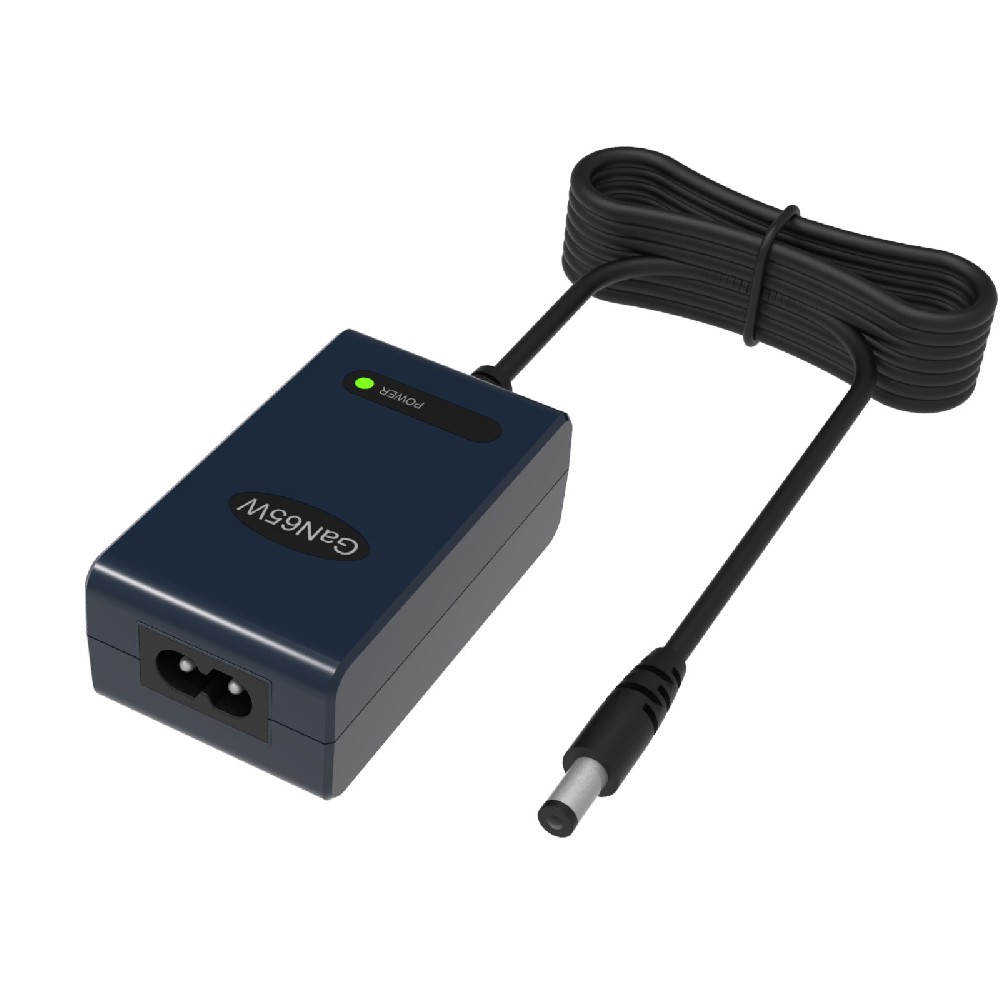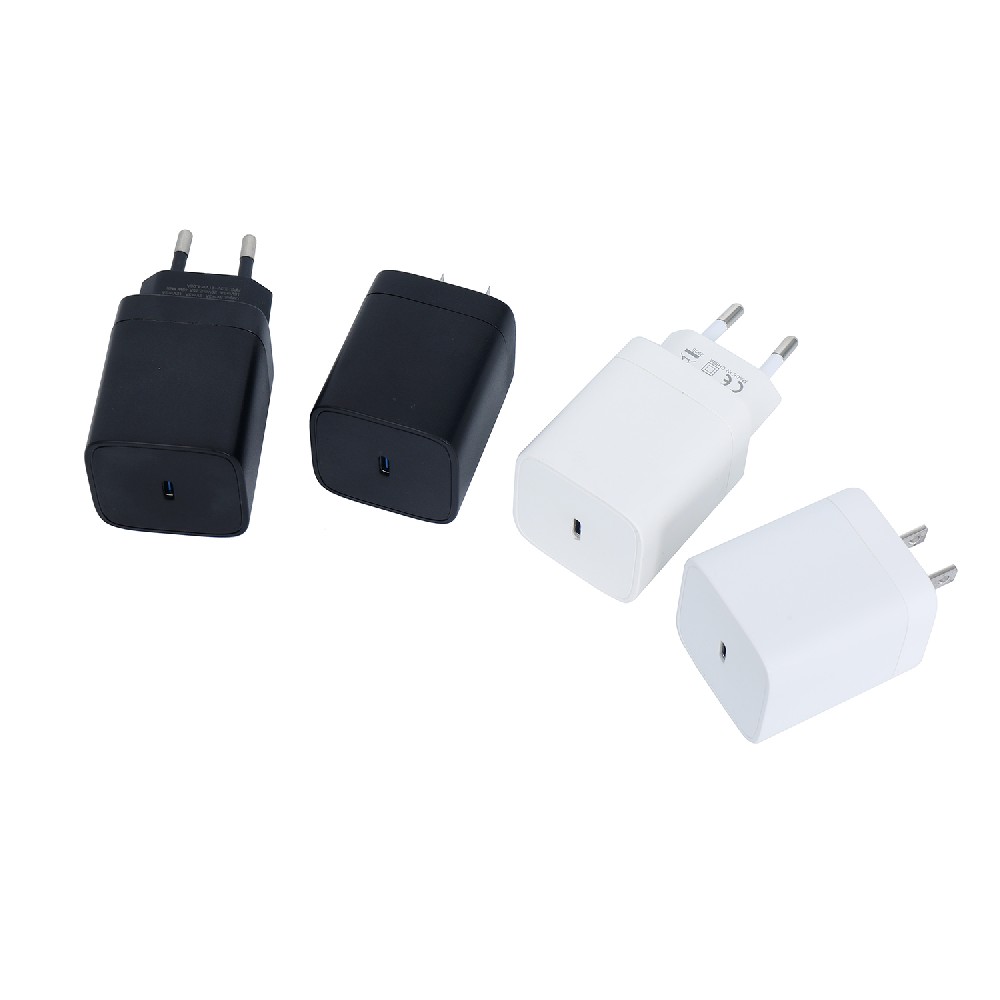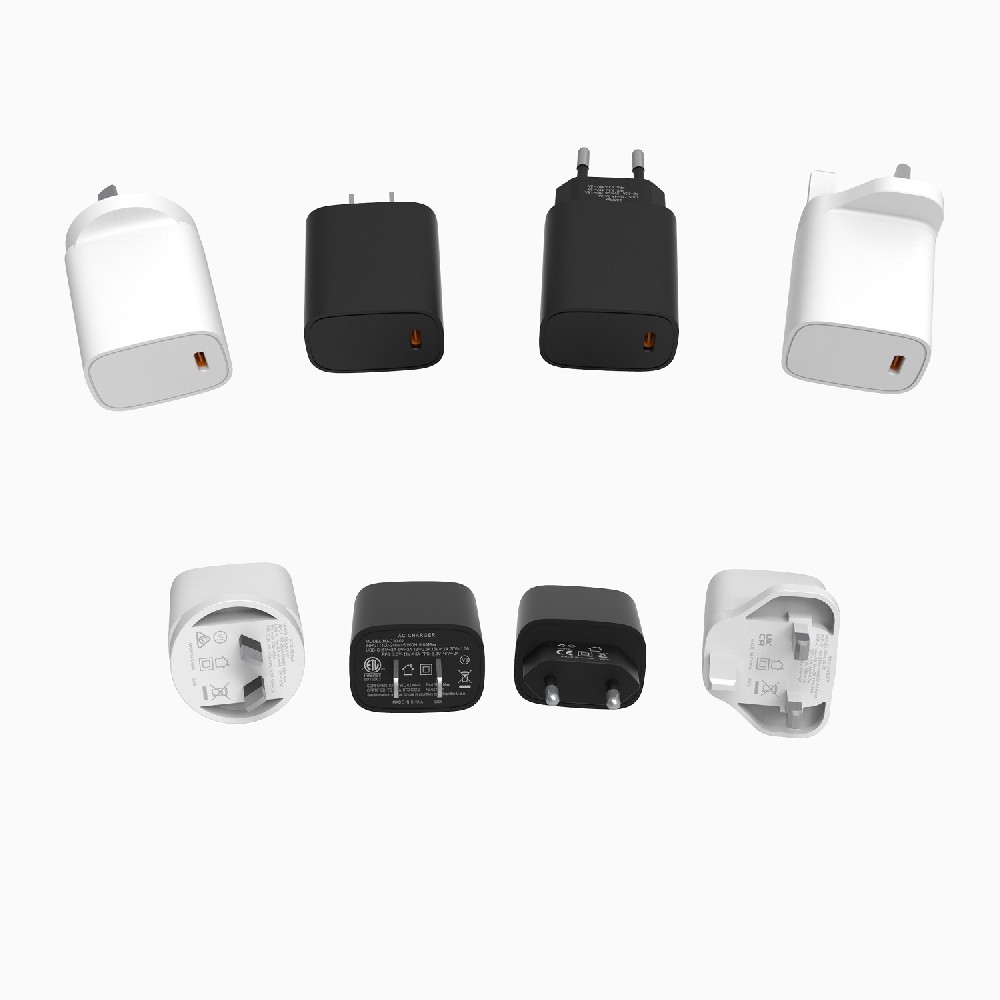How to evaluate the health status of a drone battery through parameters such as voltage, internal resistance, capacity, etc.?
Published:2025-02-13 15:26:48 Author:admin Views:19Assessing battery health status through parameters such as voltage, internal resistance, and capacity is a core task in drone battery management. These parameters can reflect the current performance and aging level of the battery, helping users determine whether the battery needs maintenance or replacement. Below are specific methods and analytical approaches:
1. Voltage
Voltage is one of the most intuitive parameters of a battery, reflecting its current state of charge (SOC) and state of health (SOH).
Evaluation Methods:
Open Circuit Voltage (OCV): The voltage of the battery when it is not under load.
- Compare with the battery's nominal voltage (e.g., 3.7V for lithium batteries). If the OCV is significantly lower than the nominal voltage, it may indicate insufficient charge or aging.
- For example, if a 3.7V lithium battery has an OCV below 3.0V, it may be over-discharged and require careful charging or replacement.Load Voltage: The voltage of the battery during discharge.
- If the load voltage drops too quickly, it may indicate increased internal resistance or capacity degradation.
Notes:
Voltage alone can only reflect the current state of the battery and cannot be used independently to assess battery health. It should be analyzed in conjunction with other parameters.
2. Internal Resistance
Internal resistance is a critical indicator of battery performance, directly affecting its discharge capability and efficiency. Increased internal resistance can lead to battery heating, rapid voltage drop, and capacity loss.
Evaluation Methods:
Internal Resistance Measurement: Use a professional battery tester to measure the internal resistance.
- New batteries typically have low internal resistance (e.g., 10-30mΩ for lithium batteries).
- If the internal resistance increases significantly (e.g., above 50mΩ), it may indicate aging or damage.Internal Resistance Trend: Regularly measure and record internal resistance values to observe trends.
- If the internal resistance continues to rise, it indicates declining battery performance.
Notes:
Internal resistance is highly affected by temperature, so measurements should be taken at room temperature.
High internal resistance can cause battery heating, increasing safety risks.
3. Capacity
Capacity refers to the amount of charge a battery can store and release, typically measured in milliampere-hours (mAh) or ampere-hours (Ah). Capacity degradation is a primary indicator of battery aging.
Evaluation Methods:
Capacity Test: Measure the actual capacity of the battery through charge-discharge testing.
- Fully discharge and then recharge the battery, recording the amount of charge replenished.
- Compare with the battery's nominal capacity. If the actual capacity is below 80% of the nominal capacity, the battery is significantly aged.Capacity Degradation Rate: Regularly test capacity and calculate the degradation rate.
- For example, if a battery with a nominal capacity of 5000mAh drops below 4000mAh, replacement is recommended.
Notes:
Capacity testing takes time and is usually performed using professional equipment.
Capacity degradation is closely related to charge-discharge cycles and environmental conditions (e.g., temperature).
4. Comprehensive Assessment of Battery Health (SOH)
Battery State of Health (SOH) is the ratio of the battery's current performance to its performance when new, typically assessed by combining parameters such as voltage, internal resistance, and capacity.
Evaluation Methods:
Voltage Stability:
- Check if the voltage remains stable during charge and discharge.
- Significant voltage fluctuations or rapid drops indicate declining performance.Relationship Between Internal Resistance and Capacity:
- Increased internal resistance is often accompanied by capacity degradation.
- If internal resistance increases significantly and capacity drops noticeably, the battery is aging.Cycle Count:
- Record the number of charge-discharge cycles.
- Most lithium batteries have a lifespan of 300-500 cycles, after which performance declines significantly.
Health Status Levels:
Good (SOH > 80%): Battery performance is close to new, suitable for normal use.
Moderate (SOH 60%-80%): Battery performance is declining, requiring enhanced monitoring and maintenance.
Poor (SOH < 60%): Battery is severely aged, and replacement is recommended.
5. Practical Considerations
Regular Testing: Perform a comprehensive test on drone batteries monthly, recording voltage, internal resistance, and capacity data.
Environmental Factors: High or low temperatures, humidity, and other environmental conditions can accelerate battery aging. Use and store batteries under suitable conditions.
Safety First: If a battery shows signs of swelling, leakage, or overheating, stop using it immediately and dispose of it properly.
Summary
Assessing battery health status through parameters such as voltage, internal resistance, and capacity requires a comprehensive analysis of multi-dimensional data:
Voltage reflects the current charge level and operating status.
Internal Resistance reflects the battery's discharge capability and aging level.
Capacity reflects the battery's energy storage capability and lifespan degradation.
Regularly testing these parameters helps users identify battery issues in a timely manner, extend battery life, and ensure the safety and reliability of drone operations.
IntroductionGolf carts serve as vital transportation tools on golf courses, and their performance and reliability are crucial for enhancing player experience an···
The battery pack is the heart of a golf cart, silently powering every acceleration and climb on the green. However, battery degradation often goes unnoticed, mu···
The battery pack is the heart of a golf cart’s power system, yet maintaining it has long been a challenge for technicians. Traditional troubleshooting methods—···
For golf course managers, ensuring smooth and efficient operations is crucial for providing a memorable experience for golfers and maintaining the reputation of···





